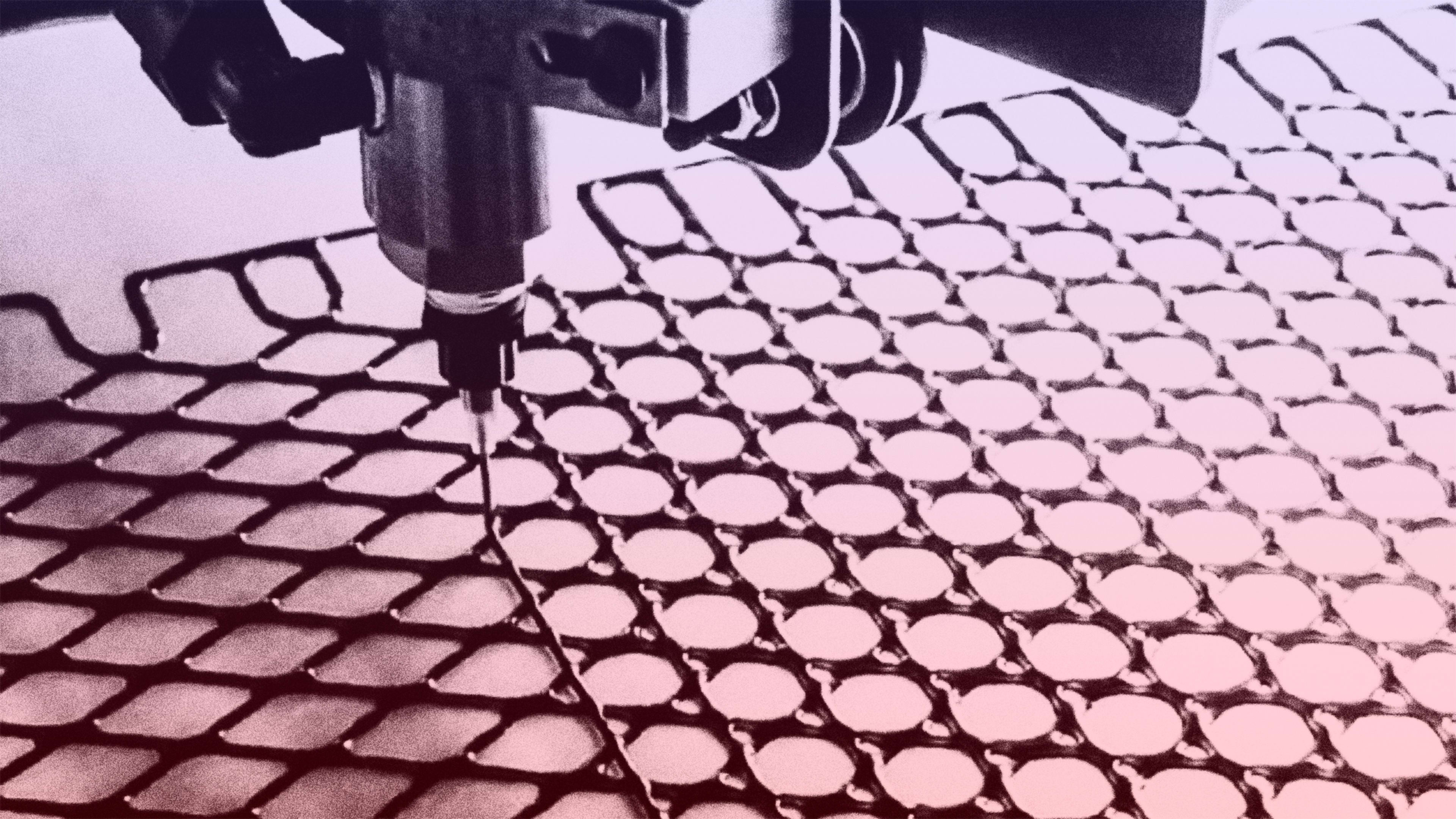First came pleather made from plastic. Then there was plant-based leather—made from fruit like pineapples—and fungi-based leather made from mycelium, the network of vegetative threads that grows in mushroom colonies. Startups like Modern Meadow biofabricate leather in a lab. Now comes another alternative: Making leather from silk.
“Basically, it’s like cooking pasta,” says Fiorenzo Omenetto, a professor at Tufts School of Engineering and director of the Tufts Silklab, where researchers developed the material. “You take the [silk] fibers and boil them in water with salt that cleans them, and then there’s a second salt that breaks them down.” When the salt is extracted, you’re left with fibroin, the protein that makes up silk. At the lab, the researchers have transformed silk into everything from gels to electronics.
In this case, they combined the silk protein with some other natural materials, including cellulose from agricultural waste and chitosan, a material found in shellfish waste. The mix was 3D printed in patterns designed to mimic the look, feel, and texture of leather.
Typical leather comes with a large footprint; a leather bag, for example, might use material from a cow raised on a ranch in Brazil, where cattle ranching drives deforestation. As the cow lived, it burped methane, a potent greenhouse gas. When it was killed, the hide went through a messy tanning process that may have caused water pollution (chromium, a dangerous compound often used in tanning, sometimes leaks into drinking water).
Silk isn’t vegan, since silkworms die in the process of making it. The material can also have a relatively high carbon footprint, depending on the type of energy used in production, although traditional production on mulberry plantations can be carbon negative, Omenetto says. The fiber could also be extracted from old clothing, so an old silk dress could later transform into, say, fake leather shoes.
The texture can be tweaked to look and feel like different types of leather. The first prototype isn’t yet an exact match for the real thing. “I’d say it’s closer to pleather,” Omenetto says. “But there are other formats we’ve done with electrospun mats that are like the softest suede you’ve ever touched.”
Recognize your brand’s excellence by applying to this year’s Brands That Matter Awards before the early-rate deadline, May 3.
